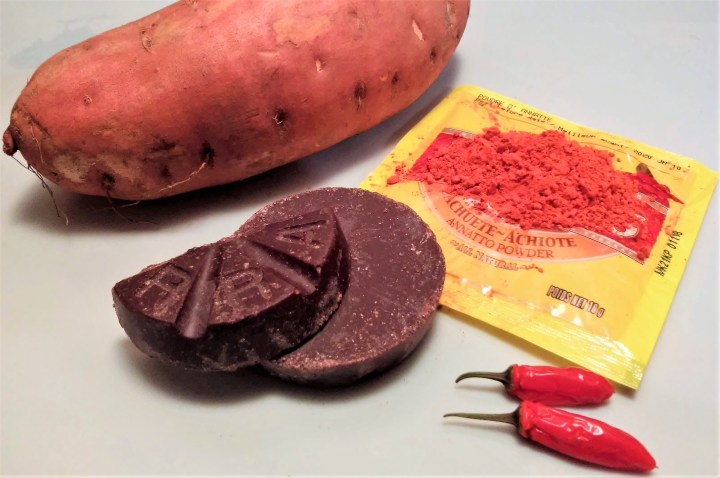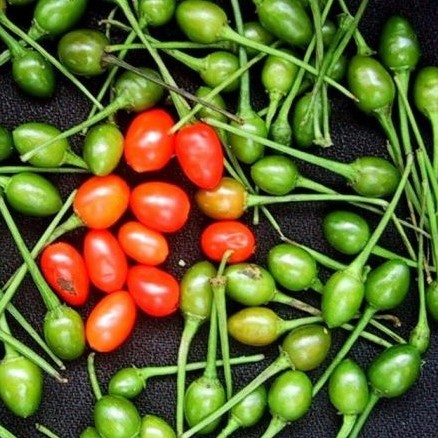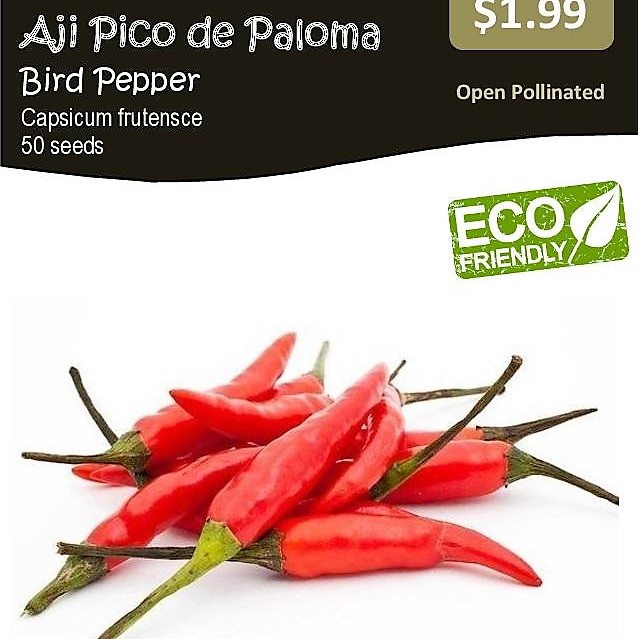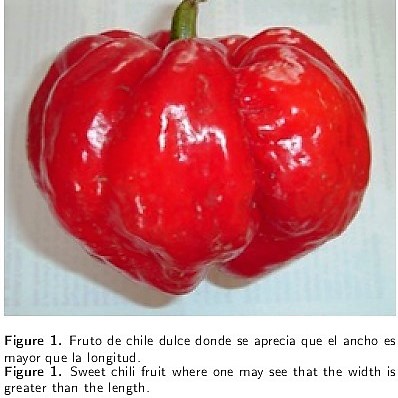
Political Tidbit: The USMCA (new trade agreement for the United States, Mexico and Canada) signing ceremony has taken place today; now, two long journeys begin tomorrow. In addition to the actual work involved in reviewing, revising and – hopefully – approving the final form of the agreement, Mexico will start a new page in its presidential history. On December 1st 2018, Andrés Manuel López Obrador (AMLO) will officially initiate his six-year term as Mexico’s president. Pondering how the grandfathers of the Institutional Revolutionary Party (PRI) would feel towards the new president might bring to mind adjectives that have been used by the current PRI in recent weeks: doleful, suspicious, and sceptical. However, although AMLO is the first president elect from a registered left-wing party (MORENA), some presidents in the first half of the 1900s could almost be classified as socialist, with the principles of the Mexican Revolution war still fresh in the Mexican consciousness. For Mr. López Obrador, resuming USMCA negotiations, resolving the “war on drugs”, and ending violence, especially against journalists, seems like a frosty and hardly welcoming agenda; I truly hope that his experience as head of Mexico City’s government, and his loses in previous presidential bids will keep him focused and realistic.
On a much more positive note, one of AMLO’s most ambitious projects is the development of “The Mayan Train”, a route to connect important cultural, economic and historical sites in the states of Quintana Roo, Yucatan, Campeche, Chiapas, and Tabasco, his native state. This Youtube video (click here), explains the scope of the project, and showcases some of the archeological and natural jewels along the route; it is well worth watching the six-minute video, narrated in Spanish with English subtitles.
The state of Tabasco is the connecting gate between the peninsula of Yucatan and the rest of the country, with beaches along the Gulf of Mexico, and jungle, tropical and sub-tropical forests; neighbouring the Mexican states of Veracruz, Chiapas and Campeche, it also shares a border with Guatemala.
The etymology of the word Tabasco has not been determined unequivocally; Bernal Díaz del Castillo, a Spanish soldier who participated in the exploration and conquest of Mexico, later in life wrote his famous account of the “Historia verdadera de la conquista de la Nueva España” (“True History of the Conquest of New Spain”) in which he mentions that the river “de Tabasco” was named after the local cacique; this river was later re-named by the Spaniards as Grijalva river, its current name, after Juan de Grijalva, who led their first expedition to the region. Some historians believe the cacique’s name in the Chontal Mayan language was Tab-uaxac-coh, which means “our lord of the eight lions”; others suspect that the name of the region came from the Nahuatl form Tlapalco – place of wet land, from the words tlalli – land; paltic – something wet, and co – place, which corresponds to the prevailing climatic conditions in Tabasco, and the presence of many rivers, like the one Grijalva encountered.
Tabasco has been identified as the cradle of the Olmec civilization, the most ancient of the pre-Hispanic societies in the Americas; after its decline, Maya, Toltec and Chontal-Maya groups took over the region. It is also said that “The gods gave the gift of cacao to Tabasco, and Tabasco gave it to the world.” In addition to cacao (Theobroma cacao, also known as cocoa tree), other important edibles are native to the region (and some parts of Central America): sweet potatoes (Ipomoea batatas), achiote (Bixa Orellana, also known as annatto), and several species of peppers, both spicy and sweet, such as Amashito (Capsicum annuum var. glabriusculum, a relative of piquín), Pico de Paloma (Capsicum frutescens) and chile dulce (Capsicum Annuum var., sweet chili pepper):
From left: Amashito peppers (Tabascohoy.com); Pico de Paloma peppers (Gonzalezagrogardens.com); and Chile Dulce (scielo.org.mx)
 FUN FACT: To many people outside of Mexico, the word TABASCO™ is simply the name of a famous American spicy sauce. The origin story of the sauce itself begins in the 1860s, but the story of how the peppers used in its recipe arrived in the US seems to trace back to the Mexican-American war of 1846. At the end of the war, the American army occupied some regions in Mexican territory, and after a treaty was signed in 1848, American soldiers began their journey back to the US. Some of them were from Louisiana, and remained in the port of Veracruz – not far from Tabasco – waiting for their ships to take them home; while stationed there, a lot of the soldiers acquired souvenirs and Mexican products. The existence of the fiery pepper Capsicum frutescens was documented in Louisiana not long after the return of the soldiers, so most likely at least one of them brought them to the area. The officer in charge of welcoming the soldiers was Col. Maunsel White; a year later, Col. White was growing the peppers in his property, and giving seeds to his neighbours, trying to promote the peppers around the state. He also created a sauce named “Tobasco”, which was only marketed after his death in 1863. Around that time, Edmund McIlhenny had recently moved to Louisiana and came across some hot pepper seeds; being an avid gardener and spicy food lover, he sowed the seeds he was given in his property on Avery Island in South Louisiana. As described on the official TABASCO™ sauce website, he “delighted in the spicy flavor of the peppers they bore” and developed his original recipe of fermented peppers, white wine vinegar and salt extracted from his property on Avery island. There is no reliable record to determine who gave the seeds to McIlhenny, although the website does identify the peppers as Capsicum frutescens, the same species native to the Tabasco region; his recipe was granted a patent in 1870, and the name, all in capitals, TABASCO™, is a trademark.
FUN FACT: To many people outside of Mexico, the word TABASCO™ is simply the name of a famous American spicy sauce. The origin story of the sauce itself begins in the 1860s, but the story of how the peppers used in its recipe arrived in the US seems to trace back to the Mexican-American war of 1846. At the end of the war, the American army occupied some regions in Mexican territory, and after a treaty was signed in 1848, American soldiers began their journey back to the US. Some of them were from Louisiana, and remained in the port of Veracruz – not far from Tabasco – waiting for their ships to take them home; while stationed there, a lot of the soldiers acquired souvenirs and Mexican products. The existence of the fiery pepper Capsicum frutescens was documented in Louisiana not long after the return of the soldiers, so most likely at least one of them brought them to the area. The officer in charge of welcoming the soldiers was Col. Maunsel White; a year later, Col. White was growing the peppers in his property, and giving seeds to his neighbours, trying to promote the peppers around the state. He also created a sauce named “Tobasco”, which was only marketed after his death in 1863. Around that time, Edmund McIlhenny had recently moved to Louisiana and came across some hot pepper seeds; being an avid gardener and spicy food lover, he sowed the seeds he was given in his property on Avery Island in South Louisiana. As described on the official TABASCO™ sauce website, he “delighted in the spicy flavor of the peppers they bore” and developed his original recipe of fermented peppers, white wine vinegar and salt extracted from his property on Avery island. There is no reliable record to determine who gave the seeds to McIlhenny, although the website does identify the peppers as Capsicum frutescens, the same species native to the Tabasco region; his recipe was granted a patent in 1870, and the name, all in capitals, TABASCO™, is a trademark.











All of this is interesting. A train ride on the path that’s been laid out would be a fabulous journey.
LikeLike
Exciting times in Mexico; I hope for the best to come 🙂
LikeLiked by 1 person
I’m excited because I’ve been learning how to speak Spanish for over a year now through duolingo, so by the time I take that train trip I won’t have to be a totally clueless tourist 🙂
LikeLiked by 1 person
¡Qué buena idea! The train line might take four years to complete, but maybe you will be able to have a practice trip somewhere else 🙂
LikeLiked by 1 person
am working on it, just haven’t decided where.
LikeLiked by 1 person
Fabulous history and botanical information, as always! I hadn’t been aware that there was a Mexican state by that name. I have been to the factory at Avery Island (which is a salt dome, not a piece of land surrounded by water). They have a beautiful heron rookery. Thanks for all your research and for sharing it.
LikeLiked by 1 person
Thanks, Eilene! I knew it was a salt dome, but I was still wondering if there was water involved, being Louisiana and all; now I know 🙂
LikeLiked by 1 person
They do have a lot of water, too. It’s a very pretty park-like place.
LikeLike
Wow, I have to check google Earth now; Lousiana is one place I hope to visit one day.
LikeLiked by 1 person
I enjoyed this post. Reading several of your posts I realize what a diversity of chili peppers there is in Mexico. That kind of genetic diversity only happens in the homeland of the species. The Sicuan kitchen of China, Andhra style food in India, the Himalayan cultures, and several other Asian cuisines have adopted chili peppers, but still there isn’t the variety of the middle Americas.
LikeLike
Yes, I am in awe, as well. In Tabasco is especially interesting because the locals have preserved a lot of their pre-Hispanic practices, and some of the peppers are unique to their region.
LikeLiked by 1 person
This was such a wonderful read through history Irene. Thanks for sharing!
LikeLike
I am glad you enjoyed it, Zeba, thank you for your kind comment!
LikeLiked by 1 person
Informative as always, Irene.
LikeLike
Thank you, Tracy!
LikeLiked by 1 person
Very interesting !
LikeLiked by 1 person